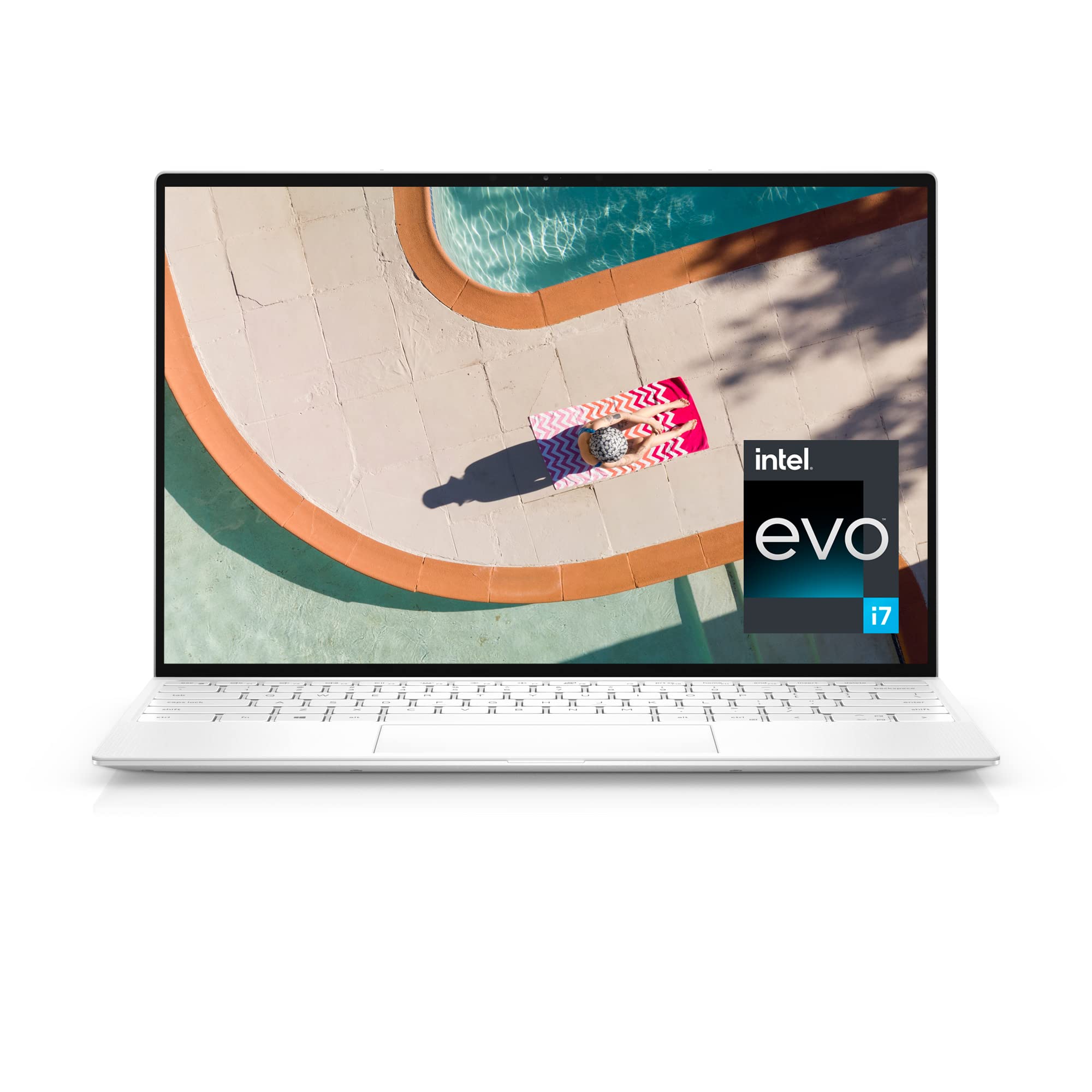
Laptops have become an essential tool for work, study, and entertainment in our increasingly digital world. Their portability and power make them versatile devices suitable for a wide range of tasks. While many laptops come with a numeric keypad, some users prefer models without this feature for a more compact design or better ergonomics.
Content of the page
Laptops without numeric keypads often offer a sleeker profile and lighter weight, making them ideal for frequent travelers or those who value portability. These models typically have a more balanced keyboard layout, which can be more comfortable for extended typing sessions. The absence of a numeric keypad also allows for larger keys or additional function keys in some cases.
When choosing a laptop without a numeric keypad, it’s crucial to consider factors such as performance, battery life, display quality, and build materials. The right combination of these features will depend on your specific needs and intended use. We researched and tested numerous laptops to find the best options for those seeking a device without a numeric keypad.
Best Laptops Without Numeric Keypad
We’ve compiled a list of the top laptops that don’t include a numeric keypad. These sleek and compact devices offer a streamlined design without sacrificing performance or functionality. Our selection caters to various needs and budgets, ensuring you’ll find the perfect keypad-free laptop for your requirements.
Dell XPS 13 OLED

We recommend the Dell XPS 13 OLED for its stunning display, powerful performance, and premium build quality.
Pros
- Gorgeous 3.5K OLED touchscreen
- Compact and lightweight design
- Strong performance from 11th Gen Intel CPU
Cons
- Can run hot under heavy loads
- Limited port selection
- Premium price tag
The Dell XPS 13 OLED impressed us with its breathtaking display. Colors pop and blacks are deep, making everything from photos to videos look incredibly vibrant. We found the 3456×2160 resolution to be more than sharp enough for a 13.4-inch screen.
Performance-wise, this laptop doesn’t disappoint. The 11th Gen Intel Core i7 processor handled our multitasking needs with ease. We could switch between resource-intensive applications without any noticeable slowdown. The 16GB of RAM and 512GB SSD further contribute to its snappy performance.
Build quality is top-notch, as we’ve come to expect from Dell’s XPS line. The white exterior looks sleek and resists fingerprints well. At just 2.8 pounds, it’s perfect for on-the-go use. The backlit keyboard offers a comfortable typing experience, though we did notice it could get a bit warm during extended use.
Battery life is decent but not exceptional. We managed to get through most workdays on a single charge, but power users might want to keep the charger handy. The limited port selection (two Thunderbolt 4 ports and a microSD card reader) means you might need to invest in a dongle or two.
Overall, the Dell XPS 13 OLED is a premium ultrabook that excels in display quality and performance. It’s an excellent choice for those who prioritize portability and don’t mind paying a premium for top-tier features.
Lenovo Yoga Book 9i

The Yoga Book 9i’s innovative dual-screen design offers unparalleled flexibility, but its high price and potential learning curve may not suit everyone.
Pros
- Versatile dual 13.3″ OLED displays
- Powerful Intel Core i7 processor
- Includes detachable keyboard and stylus
Cons
- Expensive compared to traditional laptops
- May require adjustment to dual-screen workflow
- Limited to 16GB RAM
We recently got our hands on the Lenovo Yoga Book 9i, and it’s unlike any laptop we’ve used before. The standout feature is undoubtedly the dual 13.3″ OLED screens, which open up a world of multitasking possibilities. We found ourselves effortlessly moving between documents, browsing, and video calls with ease.
The 13th Gen Intel Core i7 processor handled everything we threw at it smoothly. From photo editing to running multiple browser tabs, the Yoga Book 9i never skipped a beat. The included stylus felt responsive and natural when taking notes or sketching directly on the screen.
While the dual-screen setup is impressive, it does take some getting used to. We initially fumbled with window management, but after a few days, it became second nature. The detachable Bluetooth keyboard is a nice touch, allowing for various configurations. However, we did miss having a built-in touchpad at times.
Buying Guide
When shopping for a laptop without a numeric keypad, there are several key factors to consider. We’ve compiled this guide to help you make an informed decision.
Screen Size and Resolution
The display is crucial for productivity and comfort. Consider these options:
- 13-14 inches: Ideal for portability
- 15-16 inches: Balanced between size and functionality
- 17+ inches: Best for desktop replacement
Higher resolutions offer crisper images but may impact battery life.
Performance
Look for these components to ensure smooth operation:
- Processor: Intel Core i5/i7 or AMD Ryzen 5/7
- RAM: 8GB minimum, 16GB recommended
- Storage: SSD for faster boot times and file access
Battery Life
For on-the-go use, aim for laptops offering 8+ hours of battery life. Keep in mind that actual usage may vary based on tasks and settings.
Portability
Weight and thickness are important if you’ll be carrying your laptop frequently. Ultrabooks and thin-and-light models are excellent choices for mobility.
Connectivity
Ensure the laptop has sufficient ports for your needs:
| Port Type | Recommended Minimum |
|---|---|
| USB | 2 ports |
| HDMI | 1 port |
| USB-C | 1 port |
Build Quality
Durability is essential for longevity. Look for laptops with:
- Aluminum or magnesium alloy chassis
- Reinforced hinges
- Spill-resistant keyboards
By considering these factors, we can select a laptop that best fits our needs and preferences.
